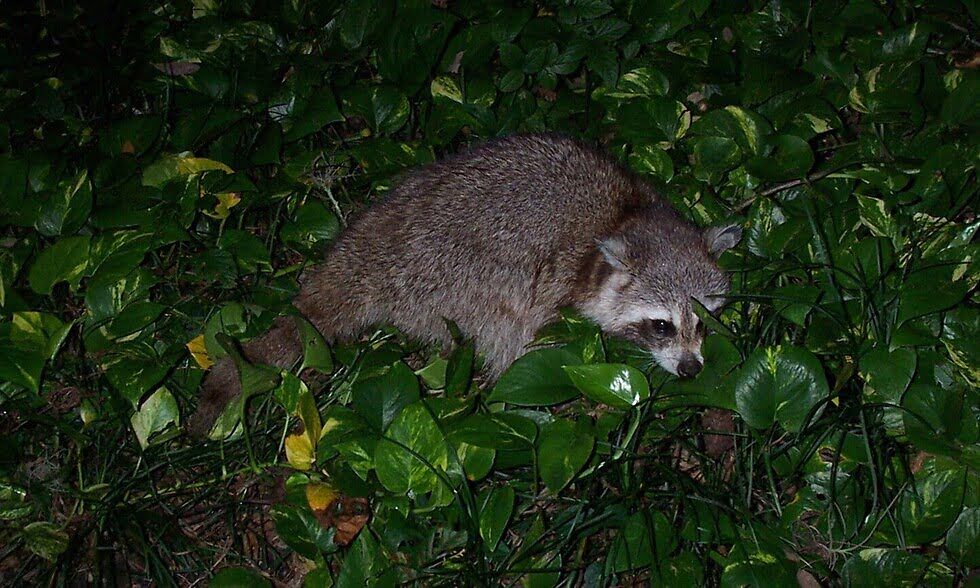Why Do Raccoons Tear up Sod? and How to Stop It

When you first lay sod in your back or front yard, you need to water it regularly for a while to ensure it grows thick, healthy and even. It is this watering action that often encourages raccoons to come in closer, as well as the increased moisture that the sod itself brings. The combination encourages bugs and insects to thrive, and raccoons love to eat these. This is why they tear up your sod — they are trying to get to the tasty treats below.
Believe it or not, raccoons are incredibly smart animals. They have worked out that grubs, worms, beetles, and other insects are hiding below that layer of sod, and not only have they learned how to dig it up, they've even learned how to roll your newly laid sod up also. As you can imagine, this is incredibly frustrating for the average homeowner.
Solving the raccoon problem is going to take care and dedication, and sadly, those homemade deterrents and remedies that you've seen on the internet are probably not going to work.
If you have laid brand new sod, the best thing you can do is apply a wire or net over the top for a few weeks, giving it a chance to grow before the pesky raccoons have a chance to tear it up and destroy it. This netting can be pegged to the ground, slightly on top of the surface. Some raccoons may be able to figure out this puzzle, but it is probably a little more complex than most of them can work out. After a few weeks, the sod should have grown well enough and strong enough for you to remove the netting over the top. Also, other raccoon control and prevention methods should be put in place for when you do this.
Sensor lighting can help to repel a wide variety of wild critters from your lawn, and this is because many of them don’t like bright lights. Bats, raccoons, opossums, and even stray cats dislike bright lights during the night. This is when most of them come out to find food, etc. and lights generally mean humans are about. Humans are technically predators, and creatures that these little scavengers will want to avoid at all costs. If a light were to come on in the garden, for example, the little blighters would be encouraged to run away. When the light goes off, however, they would come back. Motion sensor lights help, but aren't a foolproof way to keep any wild animal out for good.
Sprinkler systems are another great idea, especially when they are set up to go off with a motion sensor. Raccoons do like water, but they don't like being startled by it. They especially don't like being squirted with a cold jet of water.
What not to use
Two things that we would recommend against using, are soap flakes (or dish soap), and mothballs. We have seen a few websites advising using these items across lawns, or along the perimeter, but they often create more problems than they actually solve, and can leave you with a sea of dead wild animal carcasses.
